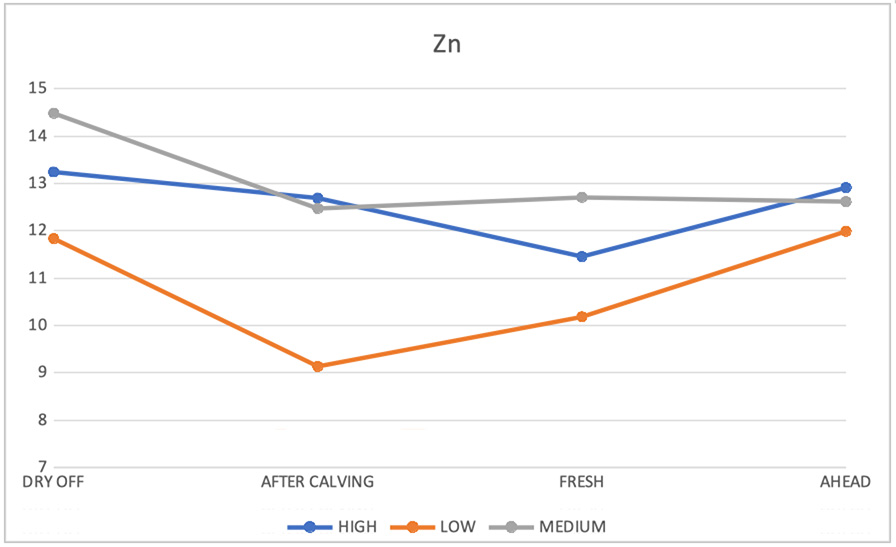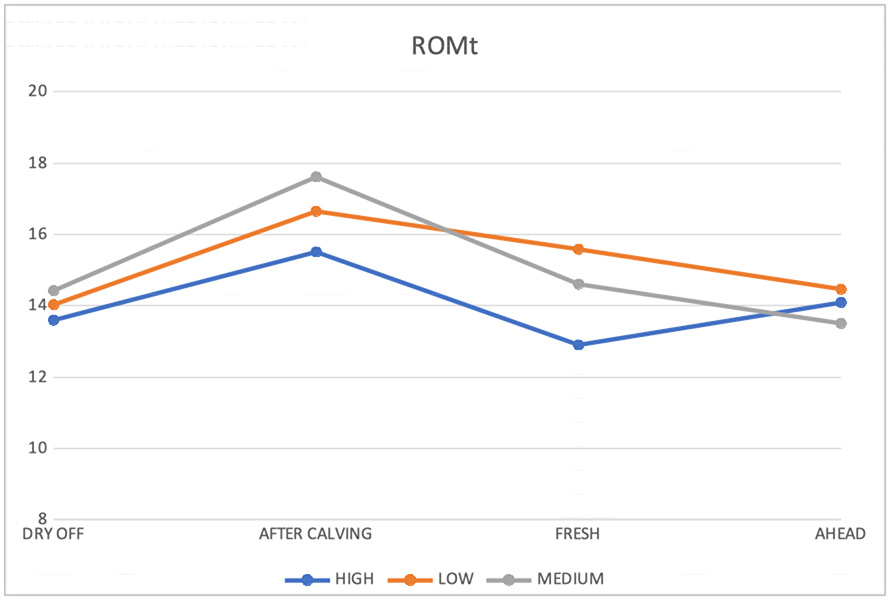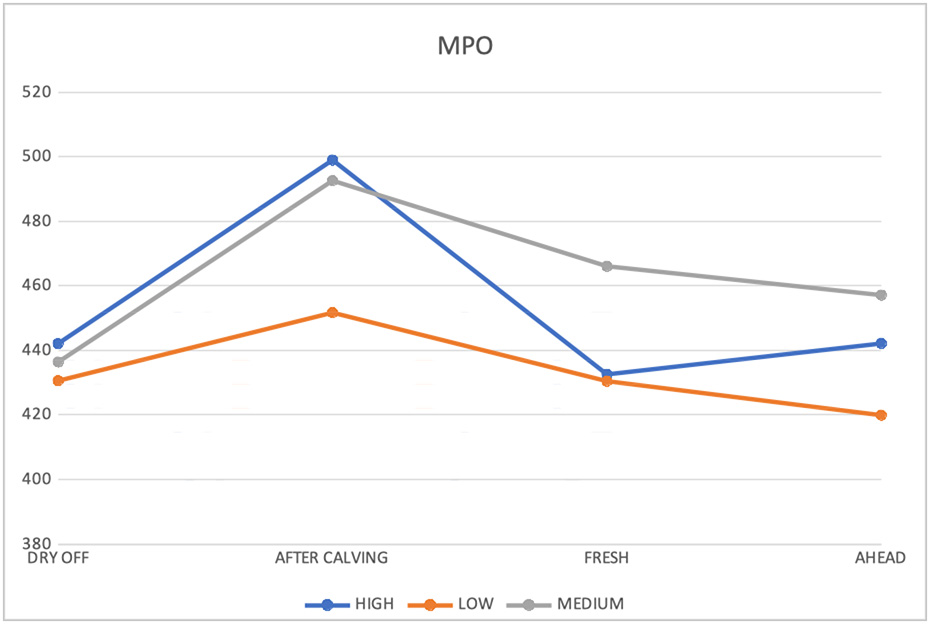Evaluation of the animal welfare level with SDIB and hematochemical profile
In the last years animal welfare acquired an increasing importance in livestock breeding, it is due to reasons linked to the performances and to the growing interest of the society. The interest of citizens is linked to ethical reasons, while the concerns of the sanitary administrations are related to quality and safety of animal products.
| RESPONSABLE OF PROJECT: | Prof. Erminio Trevisi |
|---|---|
| RESPONSABLE OF PROCEDURES: | Dott. Fiorenzo Piccioli Cappelli |
| COLLABORATION: | AIA (progetto LEO - Livestock Environment Open Data) |
| SPONSOR: | CREI (www.crei-ricerca.it) |
| DURATION: | 3 years (01/09/2020 --> in progress) |

Prof. Erminio Trevisi
President, Cerzoo Srl - Research Center for livestock and environment
Full Professor in Animal Science, Università Cattolica del S. Cuore, Piacenza and Cremona

Dott. Fiorenzo Piccioli Cappelli
Researcher, Università Cattolica del S. Cuore, Piacenza and Cremona
Background
In the last years animal welfare acquired an increasing importance in livestock breeding, it is due to reasons linked to the performances and to the growing interest of the society. The interest of citizens is linked to ethical reasons, while the concerns of the sanitary administrations are related to quality and safety of animal products.
The growing importance of animal welfare led to the introduction of regulations with the aim of guarantee minimal standards of welfare that have to be adopted in farms. But these standards are not enough, so it is necessary to create new methodologies in order to quantify the level of animal welfare, that can give back an objective evaluation of this characteristic. These evaluations use simple and fast indicators to measure, with the purpose of make a monitoring of animal welfare in the farm for all species.
The Istituto di Zootecnica of Università Cattolica del Sacro Cuore (now flowed into DIANA Department) developed in the early 2000s the Sistema Diagnostico Integrato Benessere (SDIB) with the aim of giving back a complete evaluation of animal welfare. SDIB uses many indirect indicators, related to buildings, facilities, equipment, nutritional and feed aspects, and direct indicators, for example patological, physiological, behavioral and productive parameters.
The final evaluation considers the aggregation of the various indexes in three clusters (farm, nutrition and animal) and a total value.
Thank to his articulation, SDIB can underline the management mistakes which are cause of low welfare.
Aim
The research had the aim of evaluate the association of independent indicators of animal welfare (hematochemical parameters) and the evaluation of the level of welfare in farms with dairy cows obtained with the SDIB model. The hematochemical evaluation has been made in four relevant different phases of the productive cycle, the dry off period, the after calving period, bovines at the peak of lactation (fresh cows) and cows in an advanced phase of lactation (ahead), the phases have been previously identified on the basis of previous researches of DIANA Department.
Investigations have been made in 24 farms in the Po valley, in an area included between the provinces of Brescia, Cremona, Lodi, Mantova and Piacenza.
Checks
- Evaluation of bovine livestock welfare evaluated with the SDIB model and the evaluation of necessary indicators with visits in farms
- Blood samples in order to evaluate hematocrit, glucose, NEFA, BHB, cholesterol, (total, LDL, HDL), triglycerides, urea, creatinine, albumin, globulin, total protein, GOT, GGT, paraoxonase, alkaline phosphatase, bilirubin, haptoglobin, ceruloplasmin, myeloperoxidase, Ca, Mg, P, Zn, reactive oxygen metabolites, Advanced oxidation protein products (AOPP), total antioxidant (FRAP), thiol groups (SHp) in 4 physiological phases.
Results
Trough the analysis of obtained results by evaluations of the SDIB model and hematic analysis a high correspondence between some hematic markers and the level of welfare has been observed. Also hematic parameters are animal based indicators and the first association searched was the one with the score of farm cluster and the included indicators. However, a correlation between some hematic indicators and other aspects evaluated in management and nutrition clusters emerged. In fact, farms with the worst SDIB score in farm cluster had the also the worst score in the other clusters.
In the population of studied farms some hematic differences emerged, these were relevant in all the physiological phases in relation to the SDIB score. This confirms that the SDIB evaluation are confirmed by independent data which derive by the metabolic context, that appears more critical if the SDIB is lower. Among the hematic values that show significative differences in all the phases exanimated there is the zinc concentration, which is lower in the animals with a lower SDIB, this is a fact that suggests the presence of an inflammatory status more accentuated and longer in this farms.
In farms with low scores, a greater oxidative stress has been observed, as shown by higher ROM concentration and lower thiol groups and FRAP levels (index of antioxidant activity). In farms with a low score NEFA and BHB concentrations were higher in the transition period, this is a consequence of a catabolic condition more accentuated and longer. Concerning the hepatic function, evaluated with the Liver Functionality Index which is calculated from albumin, bilirubin and cholesterol values in the first month of lactation, a positive correlation between this index and the SDIB score of the animal cluster has been noticed. This result suggests the possibility to utilize the LFI value as a synthetic indicator of animal welfare but further investigation is needed.
In conclusion, the results of the study support the possibility of using some hematic parameters in some critical phases of the physiologic cycle of dairy cows to confirm if a model of welfare evaluation works correctly. Data of this research also represent a first important validation of the evaluation of dairy cows welfare made with the SDIB model.
Other information


